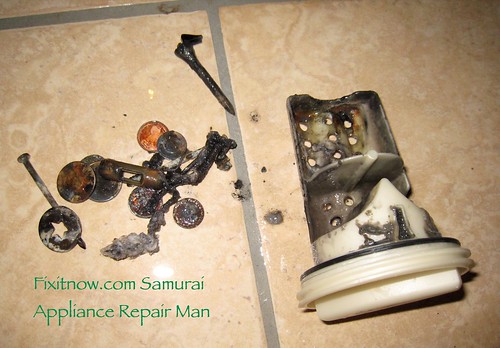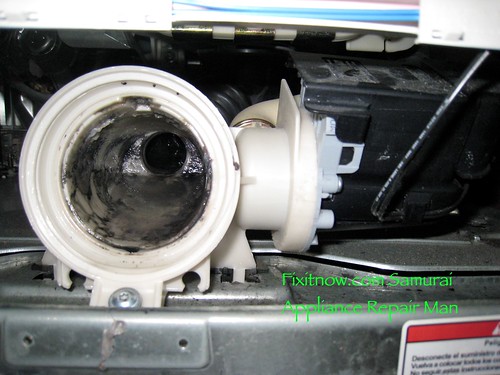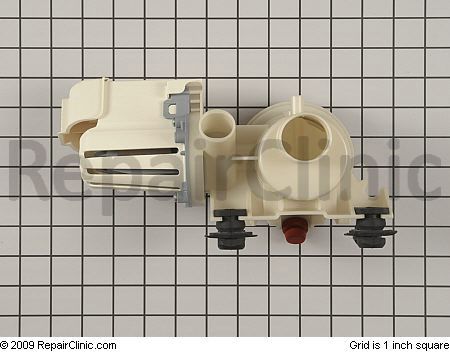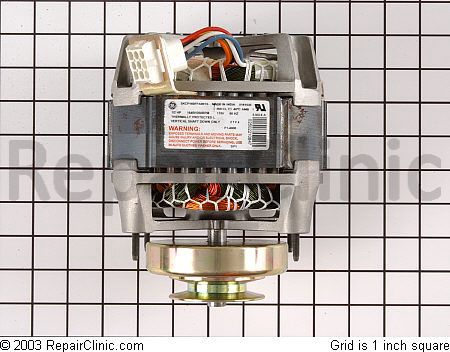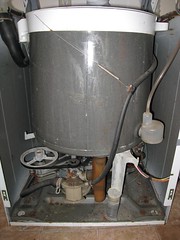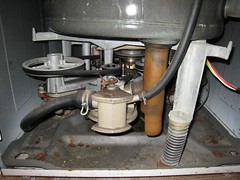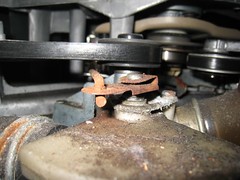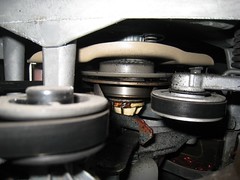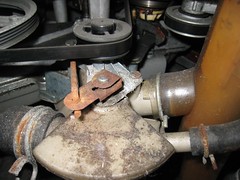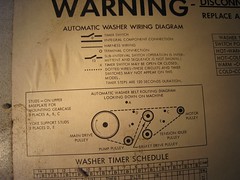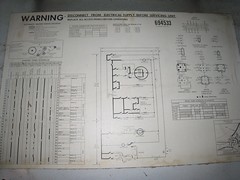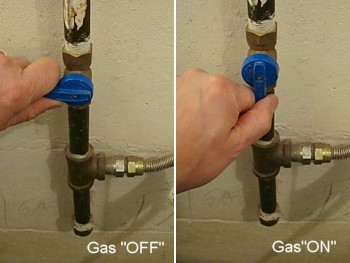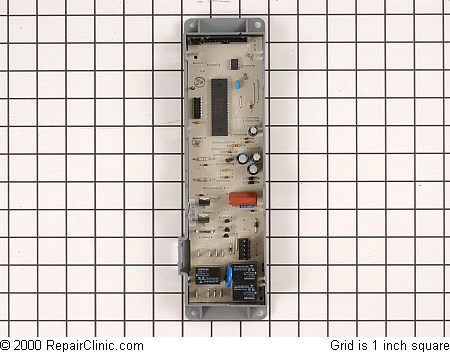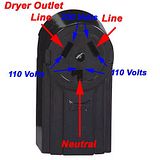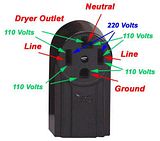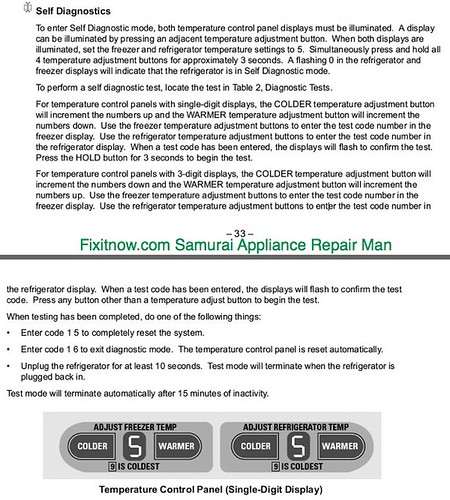The Whirlpool-built modular icemaker is used in just about all refrigerators made today, regardless of brand. One notorious exception is the crappy IM6 icemakers used in GE-built refrigerators. Why they didn’t just go with the field-tested Whirlpool-built units is a seedy story of corporate sleaze and extortion now playing in a theater near you!
Any-freakin-way, one of the basic diagnostic things you’ll do on these Whirlpool-built modular icemakers is to manually start the harvest cycle. This is useful for finding out reasons why the icemaker isn’t working. For example, it may not start the harvest cycle at all: bad control module. Or you may find that water never comes in: could be a frozen fill tube, bad water inlet valve, bad water supply.
“O mighty Samurai,” you ax, with stars in your eyes, “how does a neophyte on the path of higher Appliantological wisdom accomplish this miracle of initiating the harvest cycle of which thou speakest?”
An astute question, my fine, young apprentice, and elegantly phrased. Behold the revelation of the mystery:
To initiate the harvest cycle: use an insulated length of wire with about a half inch stripped off each end. Insert each end of the wire into the test points marked T and H, as shown above. You’ll see the icemaker rake arm begin to move. In just a few seconds– if you listen real close-like– you’ll hear a faint “click,” that means you can pull the jumper wire out and the harvest cycle will continue all by itself.
Ahh, Grasshoppah, can you snatch this pebble from my hand?
To learn more about your ice maker, or to order parts, click here.


